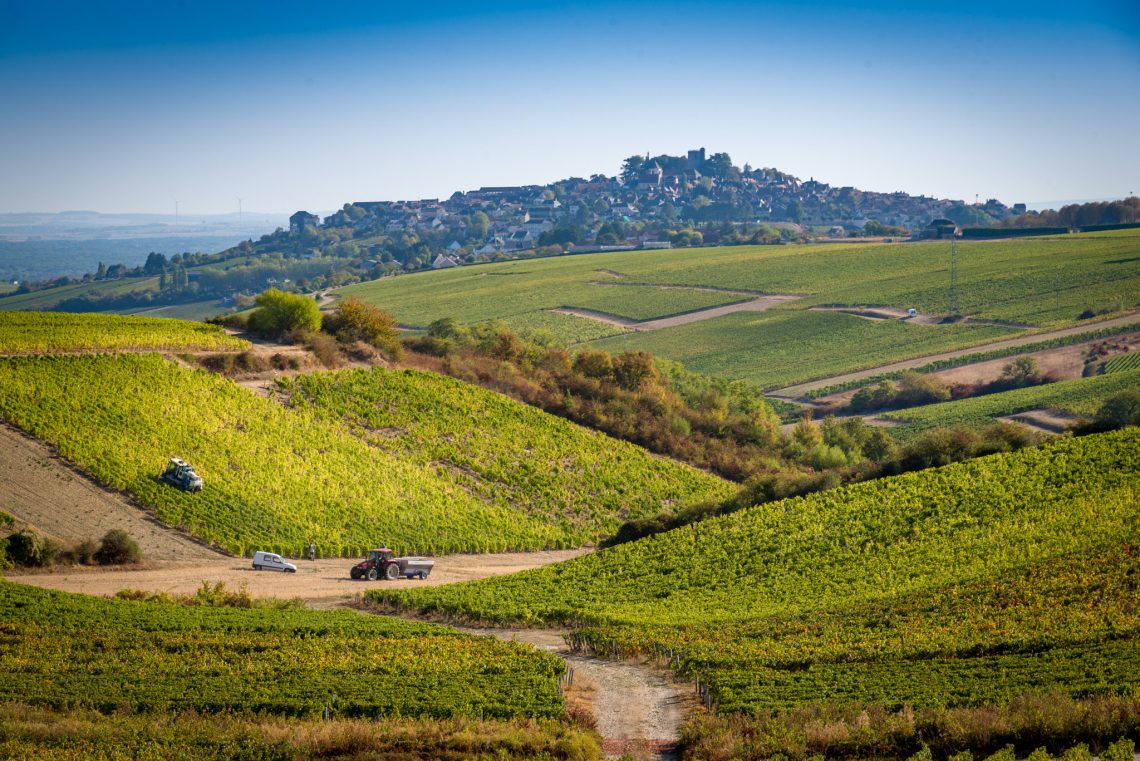The Wolf Post offers a professional service with free access, without subscription.
For this reason, a donation would also be a sign of appreciation for our work.
The Loire, land of castles and an extraordinary artistic treasure, declared a World Heritage Site by UNESCO, is one of the regions with the highest tourist vocation in France.
Each of the three thousand castles along the Loire Valley tells the ancient and noble story of the Kings of France but also that of a contemporary region, in step with the times with a strong winemaking tradition. It was Henry II, Count of Anjou, then King of England, who made the wines of the Loire known across the Channel.
The Loire Wine Route is an evocative route full of proposals, not only food and wine, which Elsa Bernaud communication manager explains in this way.
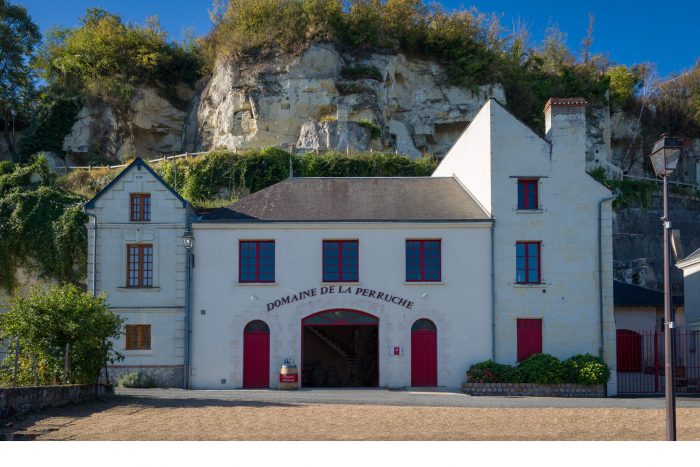
© Loire wine route
What are the goals of the Loire Wine Route?
The Loire Wine Route allows wine and heritage lovers to discover all the subtleties and beauty of the wines of the Loire Valley through tastings in places anchored in the Loire region. We offer tours and tastings in six emblematic mansions, domains and castles of the Loire Valley. We do everything possible to promote the reputation of the wines of the Loire through a site that offers wine tours, routes and circuits.
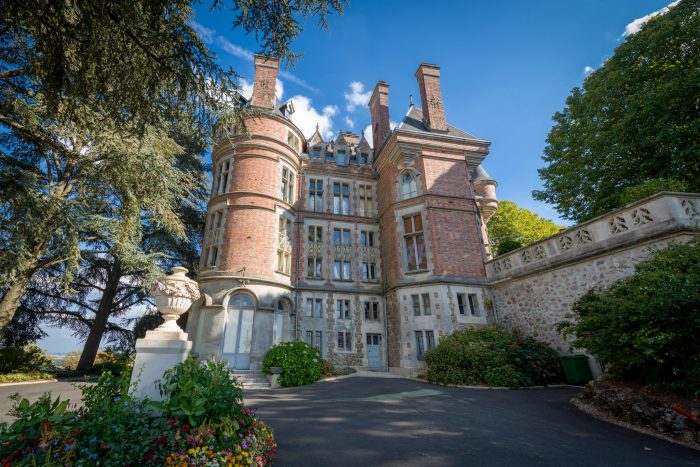
© Loire wine route
Through which services/activities do you promote the dissemination of the Loire Wine Route?
Thanks to its website www.laroutedesvinsdeloire.fr, the Loire Wine Route offers enotourist itineraries and itineraries along the Loire to discover the wines of the Houses, Domini and Castles of the Loire. We offer tastings in places whose heritage identity is linked to the culture of the Loire: the “troglodyte” cellar 40 meters below the slopes of the Domaine de la Perruche, the millennial history of the castle of Sancerre, the monumental “troglodyte” cellars of the Ackerman House , the first house of the bubbles of the Loire, les Caves troglodytes (Troglodyte Cellars) de la Maison Monmousseau and its projections on the tuff galleries, Château La Varière and its emblematic vineyards and terroirs of the Loire Valley, the Domaine des Hardières in the Anjou noir and its vines in organic farming.
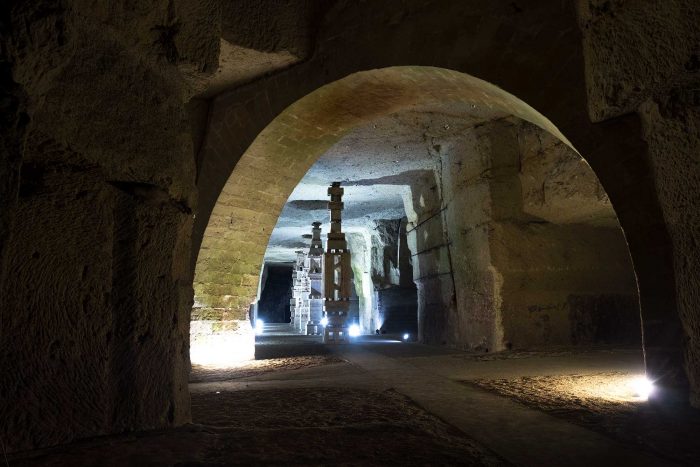
© Loire wine route
Can you briefly describe the Route and the areas of cultural and wine tourism interest it crosses?
The Loire Wine Route runs over more than 1000 km along the Loire. The Loire Valley, declared a World Heritage Site by Unesco, is rich in cultural and natural heritages which have led to its conservation. Among the best known castles, a mention goes to Chambord, Amboise, Cheverny, Saumur, Brissac.
The Loire is also the third French wine region with nearly 70,000 hectares of vineyards and four wine regions: Pays Nantais, Anjou, Touraine and Center. There are therefore eighty denominations, some of which are recognized worldwide, that wine tourists can discover: Muscadet, Coteaux d’Ancenis, Anjou, Anjou Villages Brissac, Saumur Champigny, Rosé d’Anjou, Cabernet d’Anjou, Saumur, Bonnereaux, Quarts de Chaume, Coteaux du Layon, Touraine, Vouvray, Sancerre, to name a few.
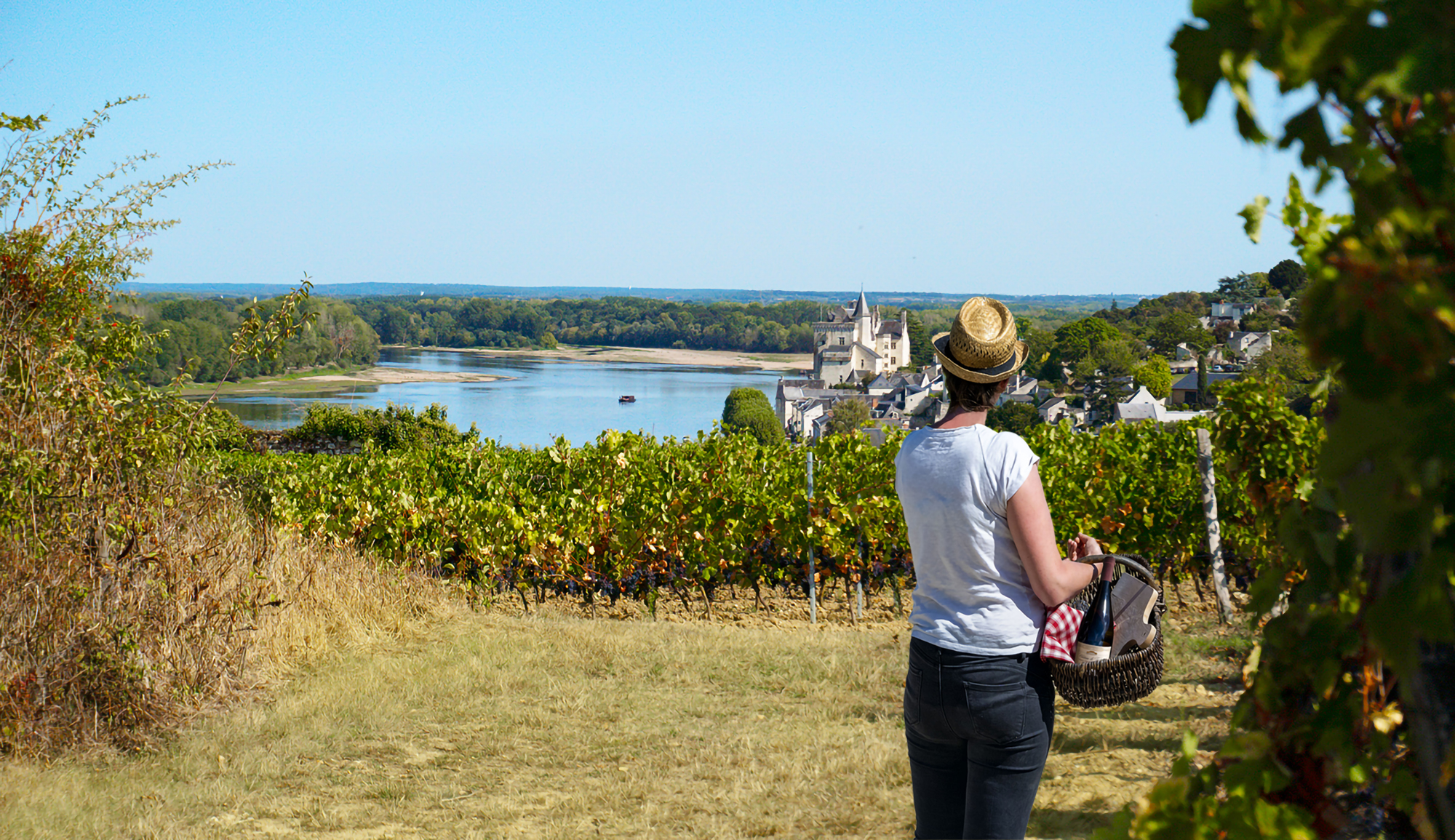
What are the particularities of the territory and its wines?
This region offers the largest variety of wines in France, from sparkling wines to sweet wines, including reds and rosés, which are partly unique in their style due to their natural sweetness (Cabernet d’Anjou, Rosé d’Anjou). In addition, the terroirs here confer great singularities to the Chenin blanc, Melon de bourgogne or Sauvignon blanc vines that are expressed in our region like no other, on soils and subsoils deriving from large geological formations between the Armorican Massif and the Paris Basin: granite, schists, tuff chalk, flint…
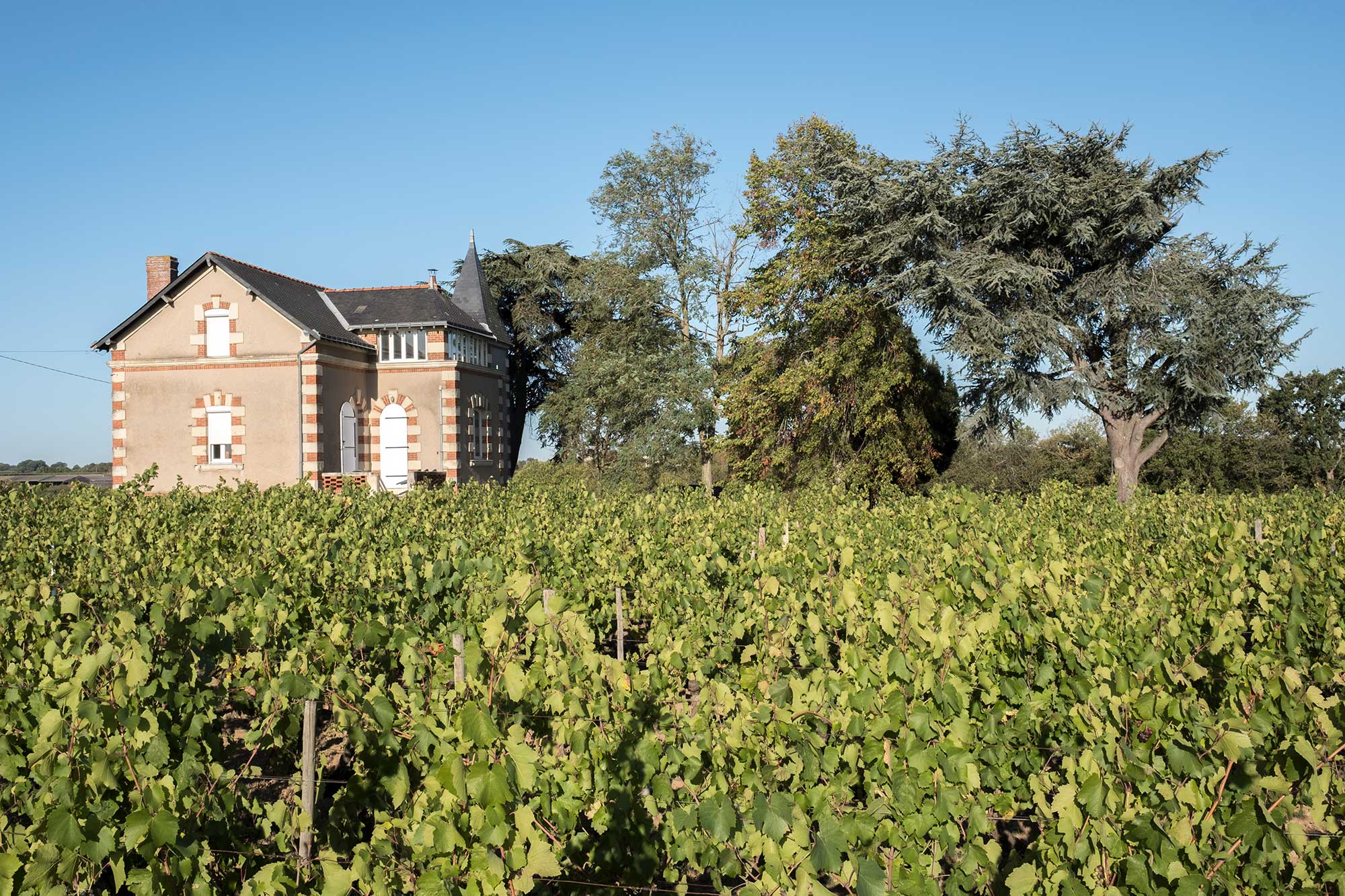
Why choose the Loire Wine Route?
The Loire Wine Route offers a comprehensive introduction to the wines of the Loire. Choosing the Loire Wine Route means choosing visits and discoveries of emblematic places of French culture and appropriating “The French art of living” between tastings and heritage: bike ride through the vineyards, Art and tasting tours, Pairings food and wine that enhance French gastronomy.


